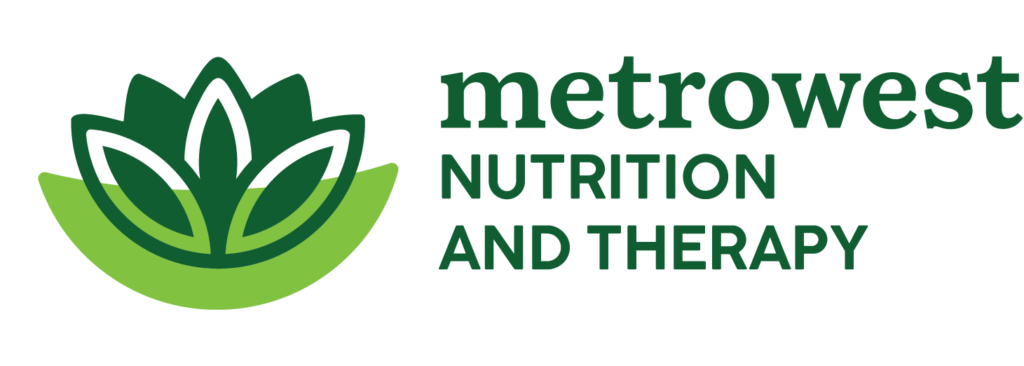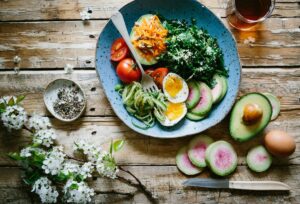Hooked on Fiber
Can you really get too much of a good thing? When it comes to fiber, the answer is a resounding “yes”. Fiber is helpful for managing weight, diabetes, cholesterol and digestive health. It satisfies hunger and decreases the glycemic impact of food. Since it’s not absorbed by the body, soluble fiber found in oats, lentils and beans, helps sweep cholesterol out of the body.
Fiber is found naturally in many foods including fruits, vegetables, beans, nuts and whole grains. Recently we’ve seen an influx of products with extremely high fiber content. For example, Fiber One boasts that two slices of their wheat bread supply 14g of fiber, 56% of your daily fiber needs. A typical slice of whole wheat bread contains 2-3g of fiber. Their snack bars pack a whopping 9g of fiber and taste more like candy bars. Many people report they taste so good that it’s easy to eat two or three at a time. It’s no surprise that they find themselves doubled over in pain thirty minutes later.
We see fiber everywhere these days, often in foods that don’t usually contain it. Many yogurts, for example, contain the additive, inulin. In appropriate quantities, inulin helps with regularity, increases satiety and provides healthy probiotics for the digestive tract. The problem is, this additive is found in many foods and unless you read the label, you may not be aware of exactly how much fiber you’re eating. See this dietitian’s take on “stealth fiber” here: Reuters Article on “Stealth Fiber”.
As the article states, foods that are naturally fiber-rich foods are self-limiting therefore it is very difficult to overeat them. However, the addition of large amounts of fiber to foods that normally don’t contain much if any at all, leads to undesirable side effects including gas, bloating, constipation and gastrointestinal pain. Individuals with eating disorders are particularly susceptible to overconsumption of fiber, some reporting taking in as much as 100g of fiber a day (four times the recommended amount). The discomfort it leads to can exacerbate body image and make eating even more challenging.
Fiber is very absorbant like a sponge. The more you eat, the more water is needed to digest it. Ingesting too much fiber is a lot like pouring cement into your colon. Sounds pleasant, right? So beware of stealth fiber in the products you purchase and don’t fall victim to the fiber-pushers out there. Fiber is a healthy component of the diet and can be found in many whole foods. There are also many foods that do not contain fiber that are healthy. It’s important to look at the food for it’s overall quality, not a single nutritional component.



